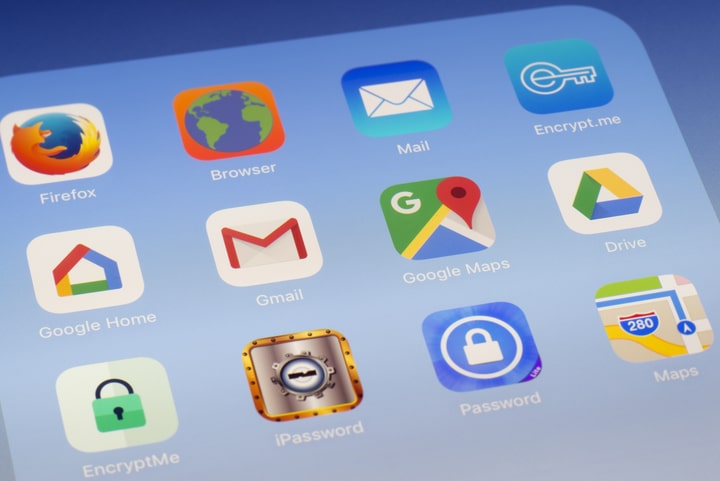Marketers should use Google’s latest initiative as an opportunity to focus on their own data health and list quality.
Last week Google announced that in an effort to reduce security risks, personal email accounts that have been inactive for more than two years may be deleted. According to Google, unused accounts are more likely to be compromised because of re-used passwords or because many of these accounts do not have two-factor authentication enabled. The company’s internal analysis shows abandoned accounts are at least 10x less likely than active accounts to have 2-step verification enabled. These accounts are often vulnerable because it’s less likely that the user has validated any security checks initiated when Google detects suspicious activity.
The policy will apply to personal Google accounts, and will not affect accounts for organizations like schools or businesses. Although the user notification policy has already started, Google will not delete unused accounts until December at the earliest, starting with accounts that were set up but never used.
Many marketers are naturally concerned that this will impact their own lists. But rather than viewing the deletion policy as a threat, marketers who rely heavily on email database lists should build on Google’s strategy to focus on their own email list health.
How Will This Impact Email Marketing?
Emails sent to dormant accounts can lead to hard bounces that impact deliverability rates and skew metrics like open and click-through rates. According to Rima Deming from Marigold’s global strategy team, “This change presents an opportunity to implement reactivation strategies.”
Deming notes that this isn’t the first time an internet service provider (ISP) has established an inactivity policy. Yahoo has a stricter policy that deletes email accounts after 12 months of inactivity.
What Should Email Marketers Do?
Sailthru by Marigold is continuously working with our customers on maintaining list health and high email deliverability rates. If you don’t know your company’s list health strategy, now is the time to ask, plan and act. We’ve compiled a list of five easy-to-implement tactics to consider:
- Begin re-engagement email campaigns. If a subscriber has not opened an email in 60 or 90 days, it may be time to begin a campaign to re-engage them. These emails can include sentiments such as “We miss you” and ask readers to update their email and notification preferences. With dynamic email elements from Marigold’s sister brand Liveclicker, re-engagement campaigns can feature a real-time countdown clock to create a sense of urgency.
- Create a more robust preferences center. Instead of giving subscribers a choice to subscribe or unsubscribe, offer the reader an option to receive your emails less frequently or in fewer editions. It’s much better to have a subscriber proactively decrease the volume of emails they receive than to have them opt out altogether.
- Ask users to add you to their safe sender list. When users put a sender on their safe sender lists, it keeps the email from going to a spam folder. Not only does this ensure that a marketer’s emails are actually being delivered to an inbox, it helps improve the sender’s ‘send reputation score’ and overall deliverability rate. Include a line in every email you send about how your customer can add your business’s email address to the safe sender list.
- Place your unsubscribe link at the top of your emails. Make it easy for the reader to find your ‘unsubscribe’ link. Be sure to monitor your company’s general inbox to see if readers made their unsubscribe request by replying to your “should we keep you on our lists?” email message. Some people will reply to your email rather than click an unsubscribe link.
- Proactively opt down the reader. If a reader hasn’t opened an email in 30, 60, or 90 days, you might not be able to get them to open one asking them to update their preferences. In that case, try using Sailthru by Marigold’s predictive technology to help set a cadence for each reader that optimizes traffic and the user experience.
It’s inevitable that email addresses change, are forgotten, or the recipient no longer has use for your content. Marketers who remove invalid and uninterested subscribers generate more ROI out of their existing email campaigns because the open and click-through rates are higher, and not wasted on recipients who are disinterested in your content.
Put simply, email list health is about sending the right emails to the right people at the right time. If your undelivered and unopened metrics have been creeping higher, chances are you will also have a sender reputation or deliverability issue. Sailthru by Marigold by Sailthru’s resources tab features more articles about data health and deliverability.
Google’s recent announcement is the perfect time to leverage awareness about the risks associated with dormant accounts and initiate your own data health campaigns. And be sure to download our guide on email deliverability best practices. While the guide focuses on planning for the 2022 holiday season, it’s as applicable as ever and available just in time for fourth-quarter planning for 2023.
